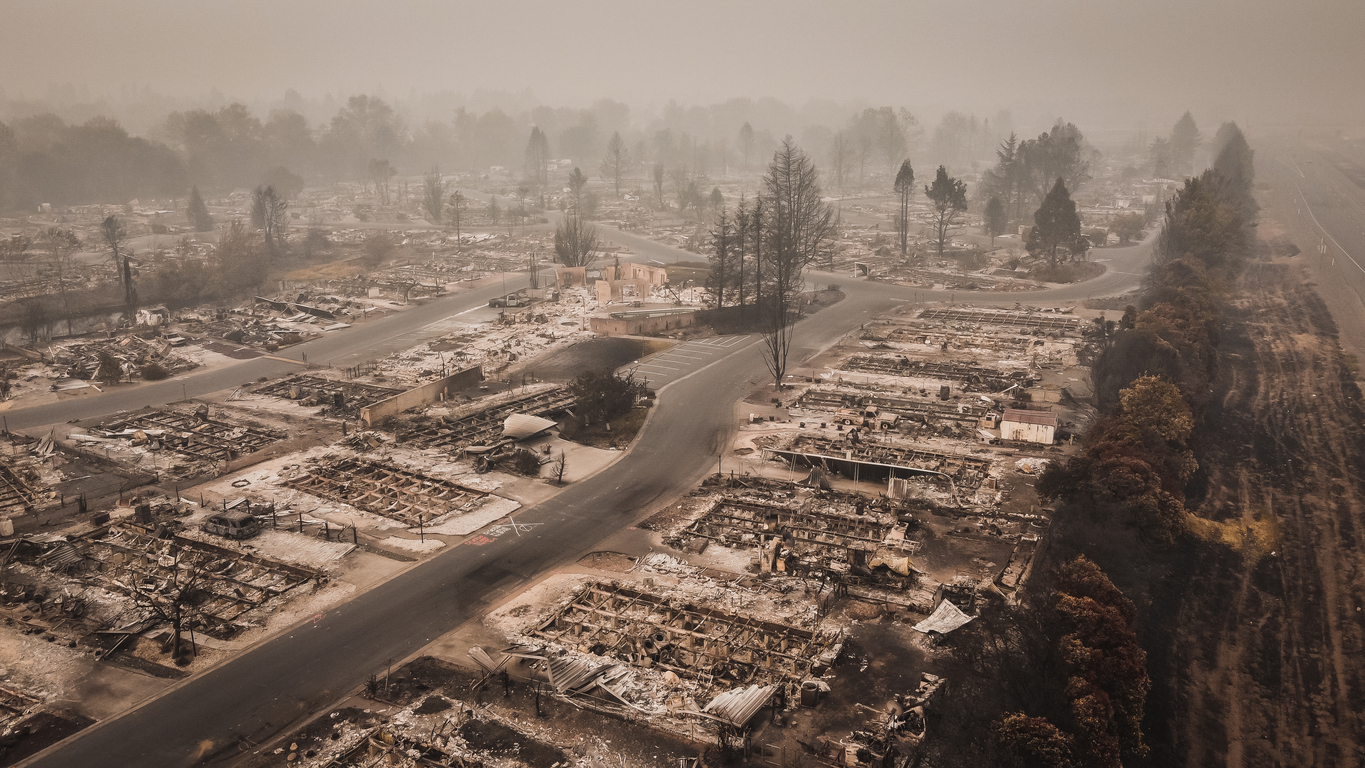Ambiguities in policies often prompt litigation. In Certain Interested Underwriters at Lloyd’s London v. Chabad Lubavitch, No. 4D10-762, (Fla. 4th DCA June 8, 2011) litigation arose over a potential ambiguity in a windstorm exclusion.
Chabad owned a building with an “all risk” insurance policy which contained the following windstorm exclusion:
We will not pay for loss or damage:
Caused directly or indirectly by Windstorm or Hail, regardless of any other cause or event that contributes concurrently or in any sequence to the loss or damage; or
Caused by rain, snow, sand, or dust, whether driven by wind or not, if that loss or damage would not have occurred but for the Windstorm or Hail.
But if Windstorm or Hail results in a cause of loss other than rain, snow, sand, or dust, and that resulting cause of loss is a Covered Cause of Loss, we will pay for the loss or damage caused by such Covered Cause of Loss. For example, if the Windstorm or Hail damages a heating system and fire results, the loss or damage attributable to the fire is covered subject to any other applicable policy provisions.
As you might expect, Chabad’s building suffered a loss stemming from a windstorm; a crane fell onto the building during Tropical Storm Barry. Chabad successfully argued to the trial court that the last paragraph of the windstorm exclusion, taken as a whole, created an ambiguity, so the policy should be interpreted to provide coverage. On appeal, Lloyd’s convinced the Fourth District Court of Appeal that, for the policy to provide coverage, the windstorm must set in motion a series of events which leads to a different and covered cause of loss, such as fire.
In reaching the conclusion that there was no coverage, the majority relied on the example given in the exclusion. But one dissenting judge noticed an inconsistency between the example given and the sentence preceding it. He opined that “a crane falling on Chabad’s building is ‘a cause of loss other than rain, snow, sand or dust,’” which created ambiguity.
Although the majority sided with the insurance company, the case provides a valuable lesson. Insureds must read the policy they plan to purchase, and, if there are questions, ask the insurer (preferably in writing) so there will be no confusion regarding the coverages and exclusions.




